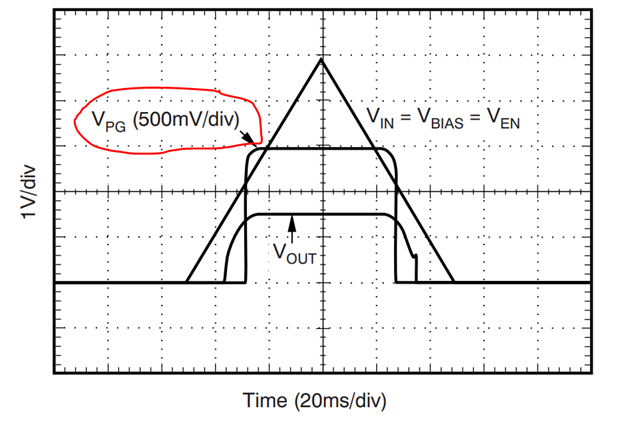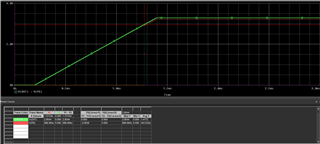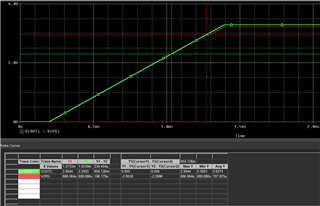Other Parts Discussed in Thread: TPS74801, TPS753, TPS7A8300, TPS748A
We have used TPS75333QPWP in a previous application and are looking at using it in a new application. However, the RESET timeout delay of 100ms is a little longer than we would prefer. Is there perhaps a similar part (voltage, current, etc.) that may have a shorter RESET timeout delay?








